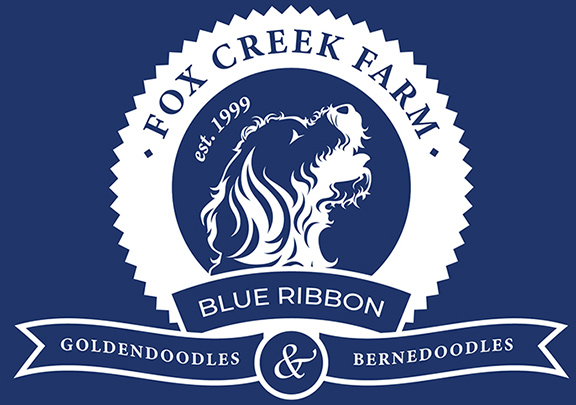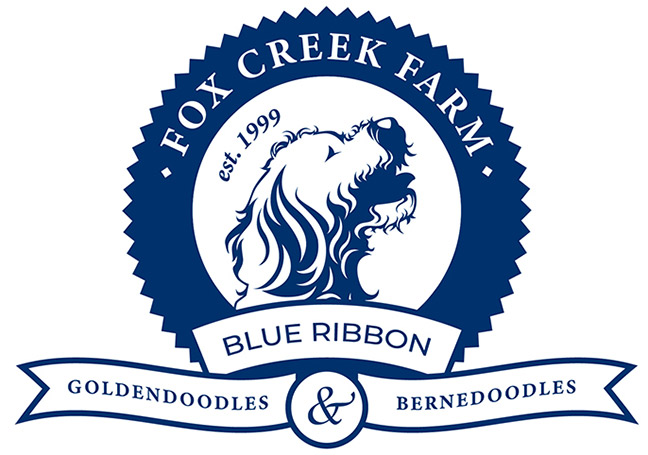FAQ – Fox Creek Farm Goldendoodles & Bernedoodles

Will my puppy come from health-tested parents?
Yes! We focus on health, temperament, and structure/conformation to the Goldendoodle Breed Standard. All of our dogs are tested for the following before breeding:
- PennHip at 16 weeks
- OFA Prelim Elbows at 12 months
- OFA Eyes anytime before breeding and repeated every 2 years
- OFA Final Heart at 12 months
- OFA Final Patella at 12 months
- DNA Disease: Three mutations of Progressive Retinal Atrophy, Degenerative Myelopathy, Ichthyosis, Neonatal Encephalitis with Seizures, von Willebrand’s Disease, Chondrodysplasia and Chondrodystrophy. Learn about these diseases here
- DNA traits: Furnishings, curl, and some dogs have a color panel
Will my puppy be raised with Enrichment Protocols?
Yes! We raise our puppies with ENS, Puppy Culture, and some other socialization techniques we’ve learned over the decades. We also start them on positive exposure to the crate and they know how to sit. Puppies leave us feeling confident about the world and ready for their new home! Please learn more in depth about our protocols here.
Do I get to pick my puppy?
Fox Creek Farm allocates puppies at 7 weeks of age to families based on temperament and size. Therefore, when you place a deposit, it will be for one of the puppies in your gender assignment to be determined at a later date. We do not promise a specific puppy before 7 weeks of age. On the application there will be a place for you to describe your “ideal dog”, as well as tell us more about your family and lifestyle. Please understand, breeding is a complex endeavor and our first priorities will always be health and temperament, not color or other aesthetic traits. That said, we will do our best to match you with the puppy that best matches your preferences, but we do not guarantee availability of superficial traits such as color or coat type and we do not accept applications from families with highly specific aesthetic traits.
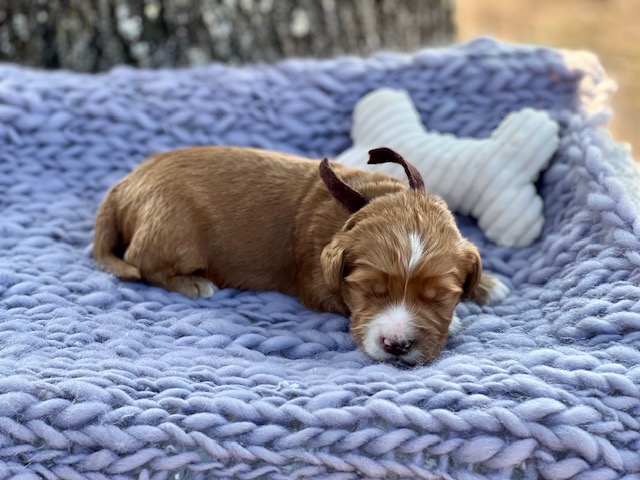
Feeding
What do I feed my new puppy?
PawTree dry food is what we feed our dogs and puppies. It is recommended that you continue with the food your puppy is used to eating to minimize the transition of going to a new home. This is a high quality food and the all stage formulas are appropriate for all stages of growth and maintenance.
How much should I feed my puppy?
Puppies will not over eat if given a quality dry food. Your puppy should be allowed to eat as much as it wants at each meal offering of 10-15 minutes. After this time, you should remove the bowl. You will find your puppy’s appetite will increase as he/she goes through a growth spurt. His/her appetite will decrease when less energy is required for growing. Don’t take this as a sign your puppy no longer likes his/her food. Offering a new food will entice your puppy to eat even when it is not hungry. Feed 4x a day for 2 weeks, 3x a day for 2 weeks and then final 2x a day.
Do I need to soften the dry food before giving it to my puppy?
Most puppies have a full set of teeth when they go to their new homes. As long as this is the case, then your puppy can/should eat the food dry.
Will my puppy have a normal appetite when I first take him/her home?
Most puppies do not eat well for the first few days during a transition. It is common for them not to eat at all the first day in their new home. Sometimes wetting the food with warm water for the first few days will entice them to resume a normal eating schedule. Your puppy should be weaned back to dry food within the first few days.
My puppy doesn’t seem to like it’s food anymore. Should I change brands?
Dogs do not do well with abrupt changes in their diet. When they are offered something different, they will eat it with gusto. However, if you continue feeding that new food consistently, they will eventually lose the enthusiasm shown when the food was new. You can gradually switch to another protein type of PawTree food if your dog seems bored with its food. You can also sprinkle PawTree’s PawPairings on top which is a high quality vitamin rich seasoning. By allowing their diet to become mundane, they will eat just what they need to replenish calories they burn. If you regularly switch what you are feeding to keep enthusiasm at meal time, you will not be able to free feed, but instead give a special ration to avoid overeating a new food. Finding something new to entice them to eat more may please you, but in all reality, you are getting them to eat more than they should unless you regulate the volume. This is how dogs develop a weight problem.
Can I give my puppy treats?
It is recommended that you give a treat only as a reward for following a command. Think of giving a treat to a dog like giving a piece of candy to a toddler. It isn’t harmful, but should be done so in moderation. It is best that you use a healthy treat such as the many PawTree options.

Crating
Where should I place the crate at night?
It is recommended that you place the crate next to your bed. Your puppy is going to go through separation anxiety when leaving littermates and the only home it has known up to this point. You don’t want your puppy to feel deserted and having you close by will be comforting to him/her. If necessary, the crate can be placed next to the sofa in the family room and a family member can sleep on the sofa. Once your puppy is sleeping through the night consistantly, the crate can be moved elsewhere in the house. However, you want to be sure it is located where you can hear the puppy if it needs to go out.
How long will it take for my puppy to sleep through the night?
About 50% of puppies sleep through the night (6-8 hours) on night 3 or 4. Most are sleeping through the night in under a week.
How often should I walk my puppy during the night?
The first rule is never wake a sleeping puppy! Walk your puppy last thing before you go to bed. Allow it to cry itself to sleep if necessary. Only take your puppy out if it wakes up and complains and it has been at least 3 hours since the last outing. Place it back in the crate and allow it to cry itself back to sleep.
When my puppy cries, should I allow it to get out of the crate?
You should try to avoid ever opening the crate door when your puppy is crying. He/she will learn very quickly that crying makes the door open. Once you have established this, it will be difficult to break. You want to wait for the puppy to calm down before opening the door.
How many consecutive hours can my puppy be confined to its crate during the day?
The rule of thumb is one hour more than the total age in months. Therefore, a 2 mos. old puppy has a 3 hour limit. As long as you are crating your puppy at least one 3 hour stretch each day, an hour can be added the following month and so on.
Can I move the crate from its original location?
Yes. You may find it handy to have one in the bedroom and another in the living area of your house so you always have one handy without having to move them around from place to place.
Can I use more than one crate?
Yes, it is fine to have multiple crates in your house.
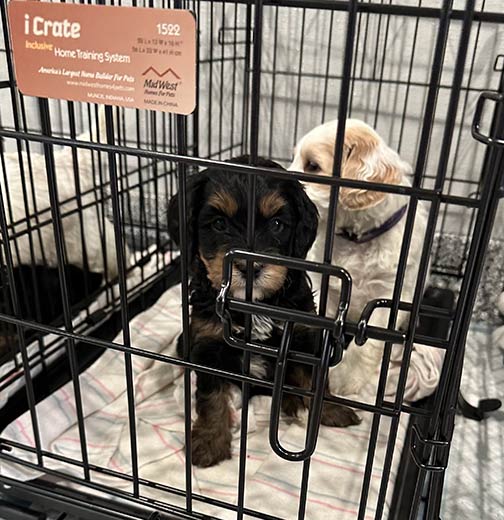
General Maintenance
Should I brush my puppies teeth?
Your puppy’s teeth are baby teeth and they will fall out at about 6 mos. of age. However, you will want to brush its teeth as a puppy so it will be accustomed to this when it is an adult.
Should I clean my puppy’s ears?
The ears should not need to be cleaned on a regular basis. A healthy ear will have no bad odor or waxy build up. If you see this or reddening of of the ear canal, it probably means your puppy has a bacterial or yeast infection in the ears.
How often can I bathe my puppy?
As long as you use a tearless puppy shampoo (Johnson’s Baby Shampoo will do also), you can bathe as often as you like. A tearless shampoo does not have grease cutters, and therefore, will not dry out your puppy’s coat by frequent bathing.
When should my puppy have its first haircut?
Your puppy will probably be ready at 4-6 mos. of age, but if its coat is becoming too long, you can have your puppy clipped sooner. Be sure to take photos of Goldendoodles with the haircut you like to assist in explaining to the groomer what you want done.
How often should I brush my puppy?
Your puppy needs to be brushed daily with a slicker brush followed by a metal comb which will help you detect any mats that are forming. This will help keep mats from forming and will also teach your puppy that grooming is a routine event. Your groomer will thank you for this!
How often should I clip my puppy’s nails?
Typically they need to be clipped monthly. You will want to massage/play with your puppies toes on a regular basis to desensitize it to make clipping nails easier. A groomer will typically clip nails as part of the grooming service.
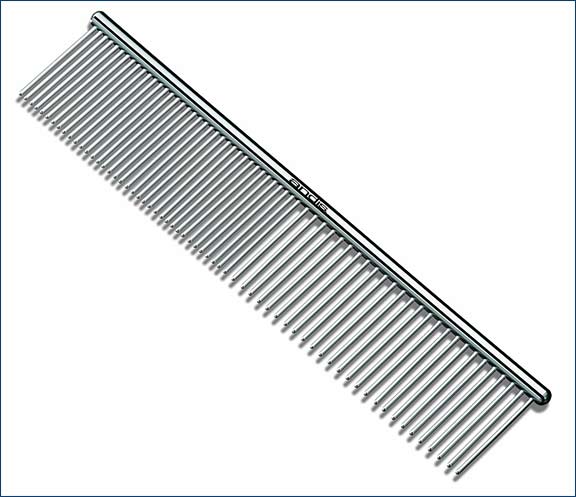
Traveling in a car
How should my puppy travel in a car?
It is recommended that your puppy learn to wear a harness made for dogs that can be secured to a seatbelt. However, for your puppy’s ride home from Fox Creek Farm, it is important that the stress be as minimal as possible to ensure your puppy’s memory of riding in a car is a good one. Riding on an adult’s lap in the back seat will be much less stressful than riding in a crate. If you are traveling alone, your puppy will have to be confined to a crate.
How do I get my puppy used to riding in a car?
Your puppy should go for a brief car ride daily for the first few weeks. Dogs that drool or throw up when riding in a car are typically those that are stressed/anxious about riding in a car. Typically this is because they are not used to riding in a car or the fact that they only ride in the car to go to the vet or groomer. Start with 5-10 minute rides for the first week and extend it to 10-15 minute trips the second week. You also may try PawTree’s Chillax given at least an hour before the car trip as this will help reduce the anxiety. As long as your puppy is not stressed and does not drool or throw up, your puppy is ready to go anywhere with you. Never leave your dog in the car unattended.
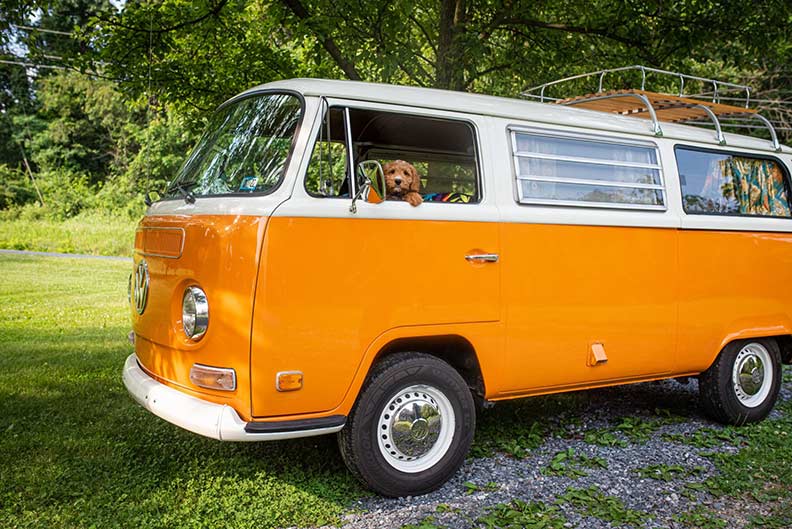
Interaction with other dogs/puppies/cats
When is my puppy fully vaccinated?
Your puppy will need a series of vaccinations that will be completed by 4 mos. of age. Until then, you will want to avoid taking your puppy to places of high traffic of unknown dogs such as a dog park, PetSmart, or the floor at your vet. Your puppy can take walks around the block and can play/interact with other puppies or young dogs that you know and that you know are vaccinated and healthy.
At what age can my puppy attend puppy kindergarten?
Most places that offer classes do not allow the puppies to start until at least 12 weeks of age to ensure they have a few vaccinations completed. If you are so inclined, you can hire a private trainer to come to your house. The 8 -12 week stage is very impressionable and a puppy is ready to start learning basic commands at 8 weeks of age.
How do I go about introducing my puppy to my existing dog?
How do I go about introducing my puppy to my existing cat?
The cat will make the rules on this one! A cat that has not been raised around dogs will probably retreat to higher ground once the puppy moves in. Do not force the issue. Allow the cat to move down to ground level on its own will and timing. You may find the cat ventures down when the puppy is crated long before it stays on ground level when the puppy has free run.

Biting/nipping
Is it normal for my puppy to be so nippy?
This is how puppies play and often times includes growling. They don’t know any other way. It is your job to find ways for your puppy to expend energy in ways that are acceptable to you. The best remedy is to allow your puppy to play with another puppy or young dog on a daily basis. Without this type of exercise, you will need walk your puppy several times a day and also find activities such as fetching/retrieving to tire them out.
Jumping
How can I get my puppy to stop jumping up on people?
This is one training issue that takes a village :) You will need to put your puppy on a leash. Have someone with a treat approach your puppy. When he jumps up at the person, don’t allow him to jump up using the leash and have the approaching person command your puppy to sit. When he does, this person can give him a treat. Repeat this several times until your puppy sits upon seeing the other person approach. You also must not allow your puppy to jump on you at any time if you wish to be successful in teaching him not to jump. When your puppy jumps on you, push him away sharply and turn your back on him until he stops jumping and sits and looks at you. At that point, you should lavish him with praise. Again, this only works if you are 100% consistent with the training. Alowing your puppy to put his front paws on you erases this training quickly.
Vet Expenses
My vet wants to perform hip x-rays while my puppy is under anesthesia for being spayed/neutered. Is this necessary?
Other than the spay/neuter procedure, I would not allow your vet to talk you into diagnostic tests of any kind unless you suspect a problem. This has become a wide spread problem with vets as they dramatically increase the amount of your bill for a routine spay/neuter procedure.
Should I buy pet health insurance for my puppy?
We highly recommend you insure the health of your puppy. Fox Creek Farm only covers genetic issues and only for the first two years. Pet health insurance is like purchasing an extended warranty.
